Kindergarten reading fluency exercises are essential for building a strong foundation in early literacy skills. As children begin their educational journey, developing reading fluency can greatly impact their overall academic success. These exercises not only help young learners recognize words more easily but also improve their comprehension and confidence when reading aloud. By focusing on repetition, simple vocabulary, and engaging activities, kindergarten reading fluency exercises are designed to keep children motivated and excited about reading. In this article, we’ll explore various methods and activities that can help enhance reading fluency for kindergarten students, ensuring that they start their academic path on the right foot.
Kindergarten Reading Fluency Exercise
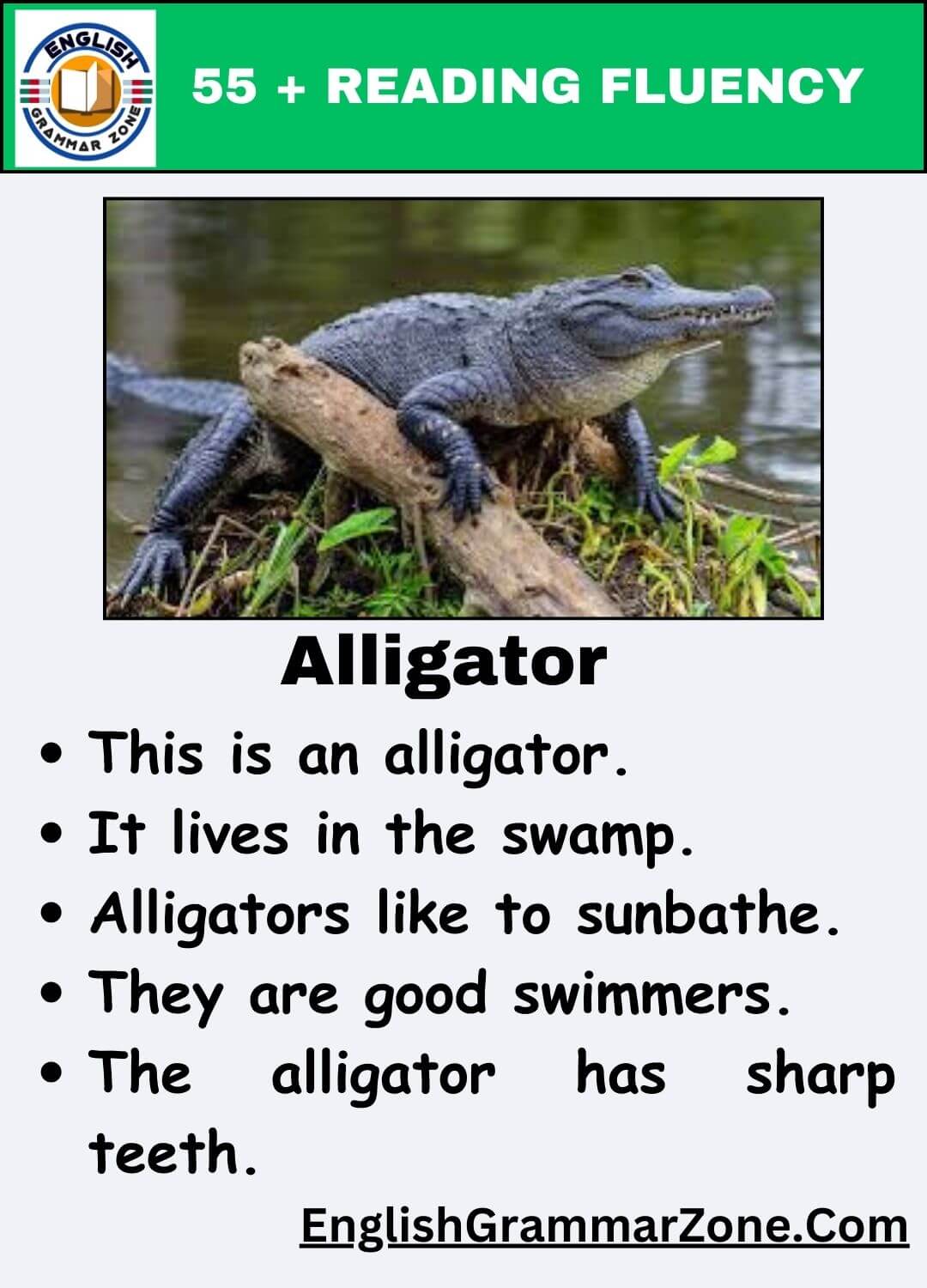
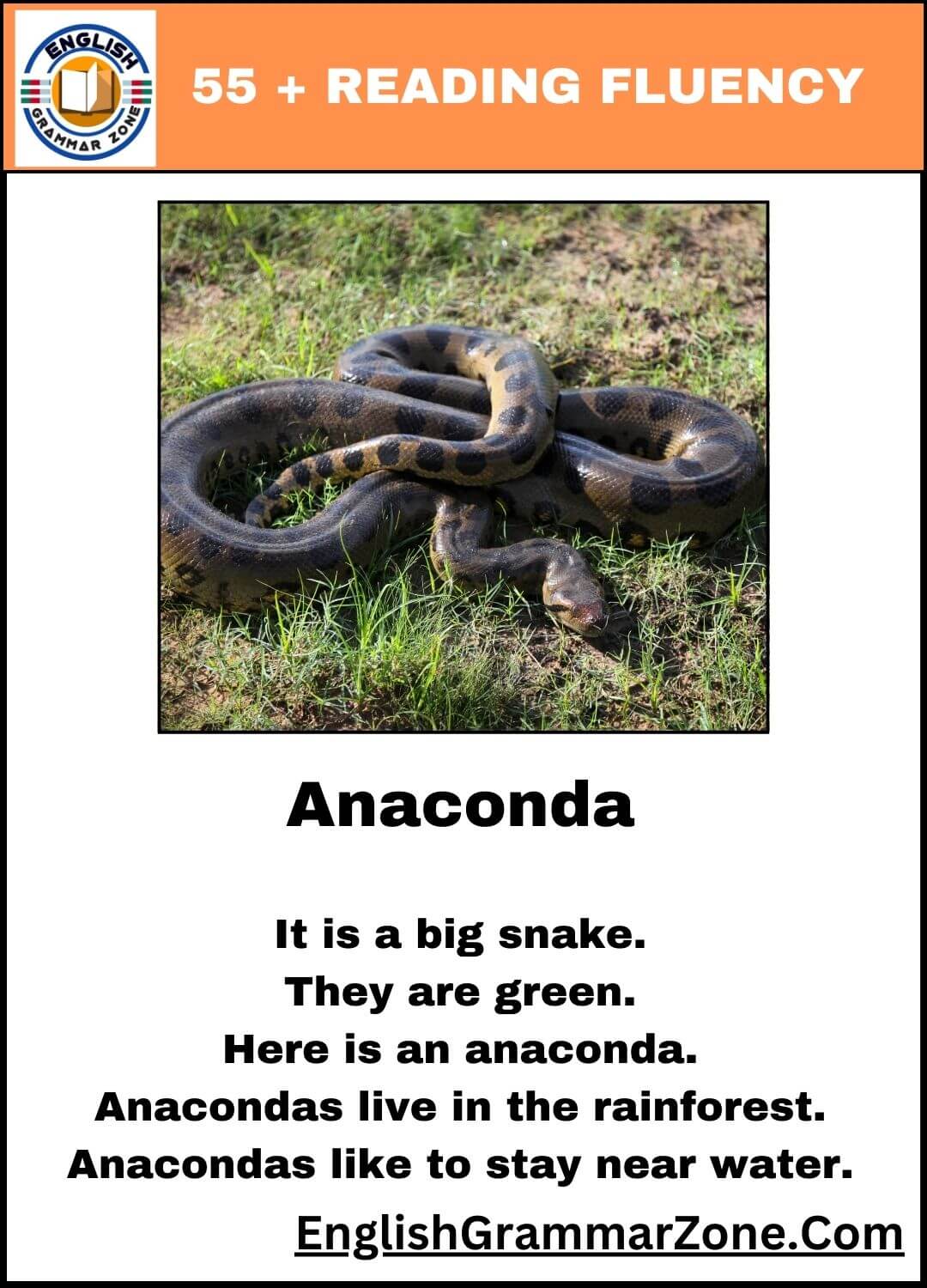
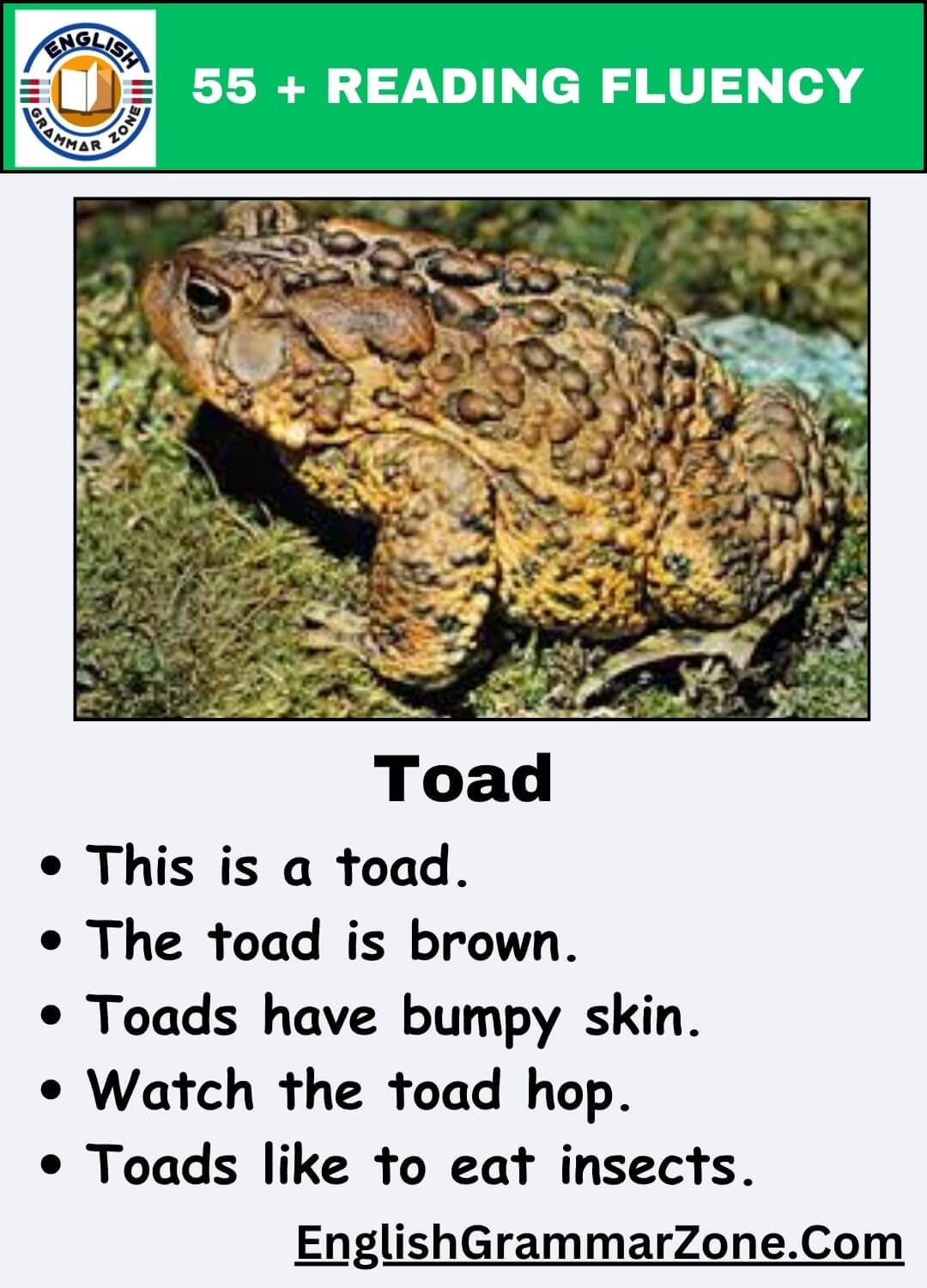
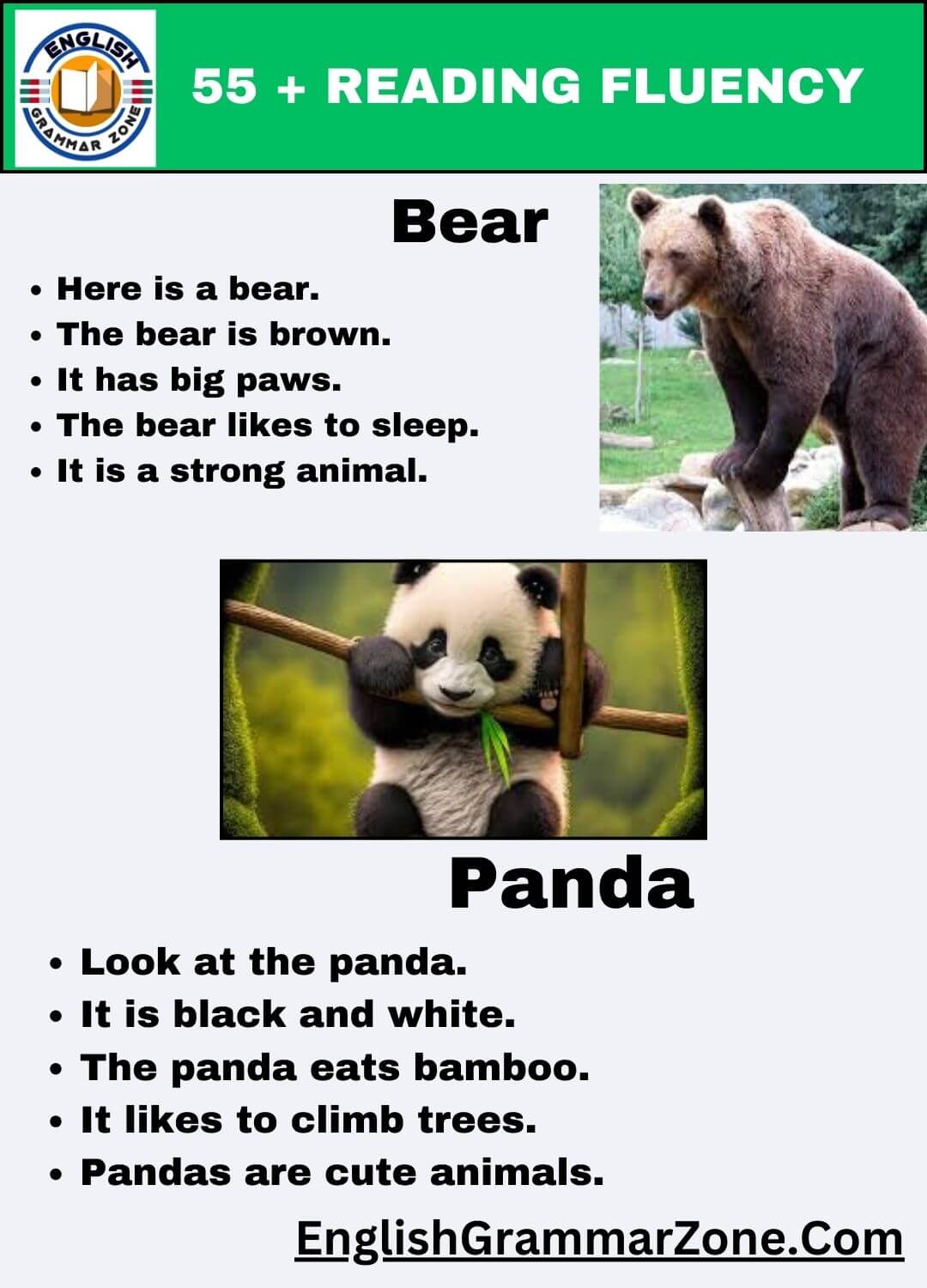
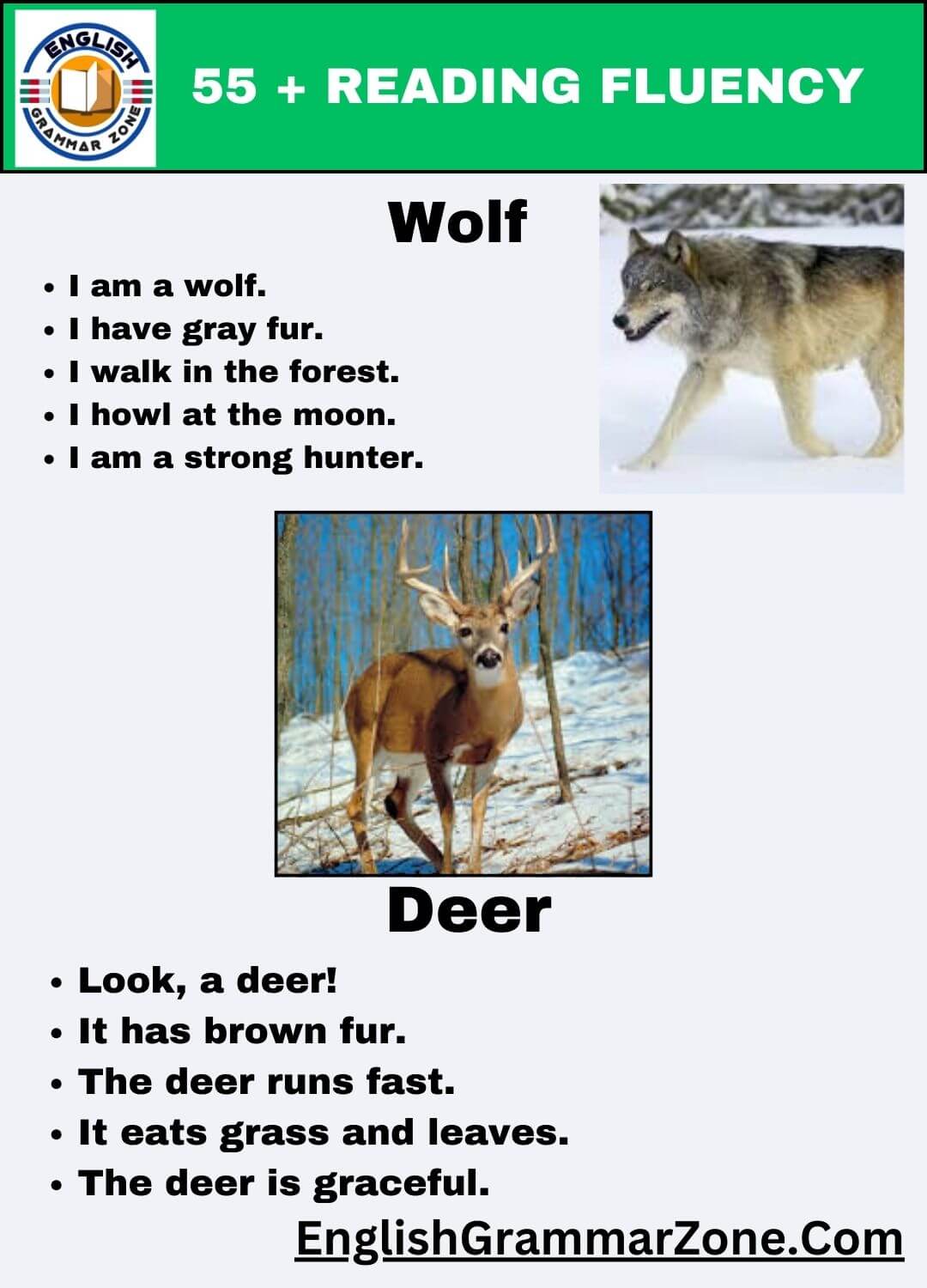
FAQ
What Age Should Kindergarten Reading Fluency Exercises Begin?
Kindergarten reading fluency exercises should begin as soon as children start learning the basics of reading, typically around the age of 5. At this age, children are ready to begin recognizing letters, sounds, and sight words, which are all foundational for building reading fluency.
How Long Should Kindergarten Reading Fluency Practice Be Each Day?
For young children, short, consistent reading practice is most effective. Aim for around 15-20 minutes of reading exercises each day. This allows children to focus without feeling overwhelmed and gives them the repetition they need to improve fluency over time.
Can Kindergarten Reading Fluency Exercises Be Fun?
Absolutely! Kindergarten reading fluency exercises can be made enjoyable with games, songs, and interactive activities. Children are more likely to stay engaged when learning feels like a fun and exciting activity rather than a chore. You can use storybooks with colorful pictures, sing songs, or use digital games that incorporate reading practice to make the process enjoyable.
How Can I Tell if My Child Is Becoming More Fluent in Reading?
You can monitor your child’s progress in reading fluency by observing how smoothly they read and how much effort they put into decoding words. As your child becomes more fluent, they will start reading more quickly and with fewer pauses. You may also notice they can read with better expression and comprehend what they’re reading more easily.
Should I Help My Child If They Struggle with Reading Fluency?
Yes! If your child struggles with reading fluency, it’s important to offer support and encouragement. Be patient and make reading sessions interactive. If they make a mistake, gently correct them, and give positive reinforcement when they succeed. The key is to build their confidence and practice regularly so that they can improve over time.
What Are Kindergarten Reading Fluency Exercises?
Kindergarten reading fluency exercises are structured activities that aim to help young learners read smoothly, accurately, and with expression. These exercises focus on building basic skills like word recognition, pronunciation, and sentence structure. The key components include practicing sight words, decoding simple words, and reading short sentences or stories aloud. By repeating these exercises, children gain confidence and become more comfortable with reading, which lays the groundwork for more complex language skills in the future.
Why Are Kindergarten Reading Fluency Exercises Important?
Reading fluency is critical for kindergarten students because it helps them become independent readers. When children practice reading fluently, they can focus less on decoding individual words and more on understanding the meaning of what they read. This comprehension aspect is essential for their success in later grades. Furthermore, reading fluency exercises improve a child’s listening skills, vocabulary, and ability to follow along with a story, all of which contribute to their overall language development.
What Are Some Effective Kindergarten Reading Fluency Activities?
There are several fun and effective activities you can incorporate into your child’s routine to enhance reading fluency. Here are some examples:
- Sight Word Practice: Focus on the most common sight words (like “the,” “and,” “it,” “to”) that children encounter while reading. Use flashcards, worksheets, or interactive apps to help them memorize and recognize these words quickly.
- Choral Reading: This activity involves reading aloud as a group or with a parent. Children read along with an adult or their peers, which helps them build confidence and learn the pacing of fluent reading.
- Echo Reading: In echo reading, the teacher or parent reads a sentence aloud, and the child repeats it. This allows children to hear proper pronunciation and rhythm while giving them the chance to mimic the sounds.
- Story Repetition: Choose short, simple stories that your child enjoys and read them multiple times. Familiarity with the story helps build fluency as children can focus on reading the words rather than trying to figure out the meaning of the text.
How Can Parents Support Kindergarten Reading Fluency at Home?
Parents play a crucial role in supporting their child’s reading development. To encourage kindergarten reading fluency at home, consider these tips:
- Read Together Every Day: Set aside time each day for reading. This can include reading books aloud to your child and having them practice reading on their own. The more practice they get, the more fluent they will become.
- Use Digital Resources: There are many educational apps and websites that provide interactive reading exercises for young learners. These resources can make learning fun and engaging.
- Encourage Expression: As your child reads, encourage them to use different voices for characters or add emotions to their reading. This will help them develop the expressive side of reading fluency.
Conclusion
Kindergarten reading fluency exercises are a vital part of early education, setting children on the path to becoming skilled readers. Through consistent practice, fun activities, and the support of parents and teachers, young learners can develop the confidence and skills needed to read fluently. By engaging with these exercises regularly, children will not only improve their reading abilities but also develop a lifelong love of reading.

